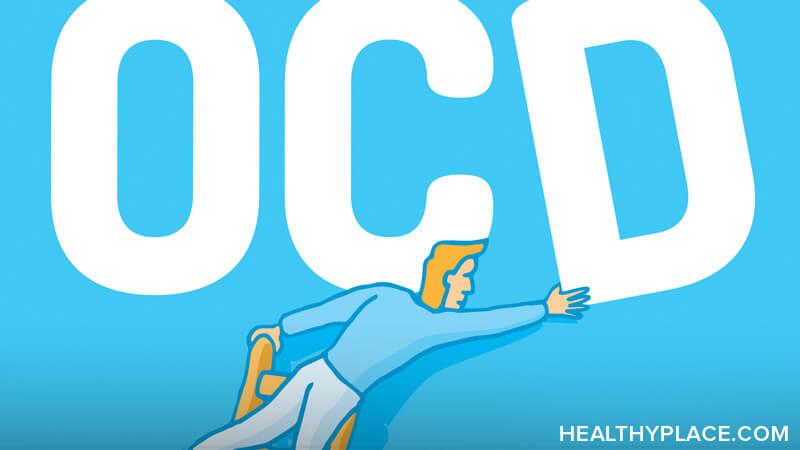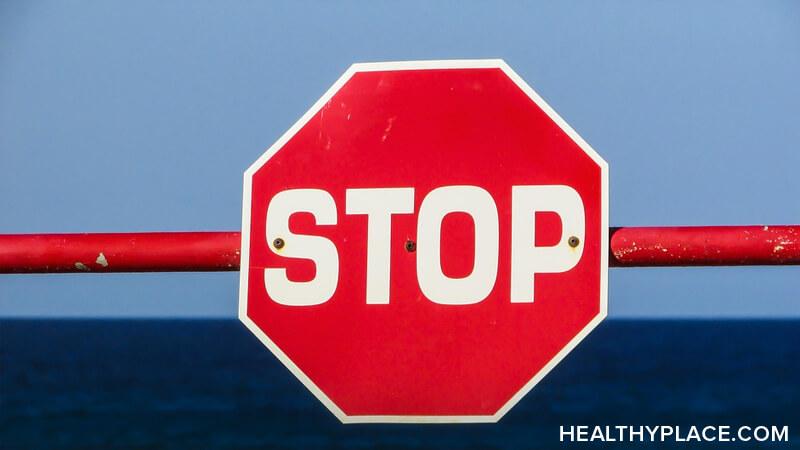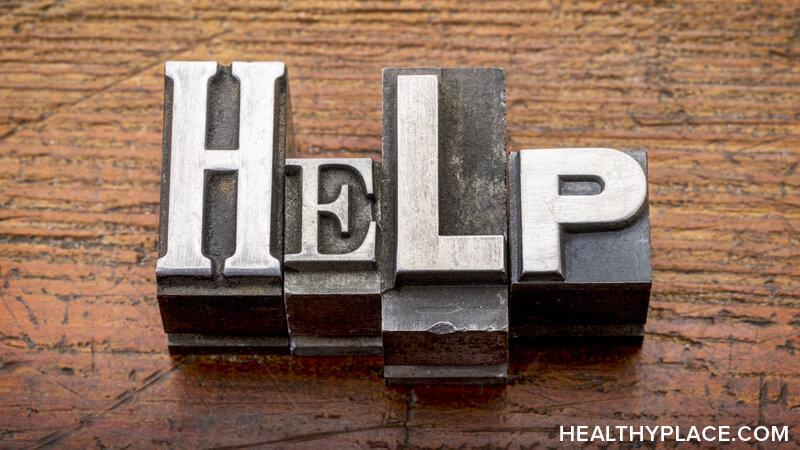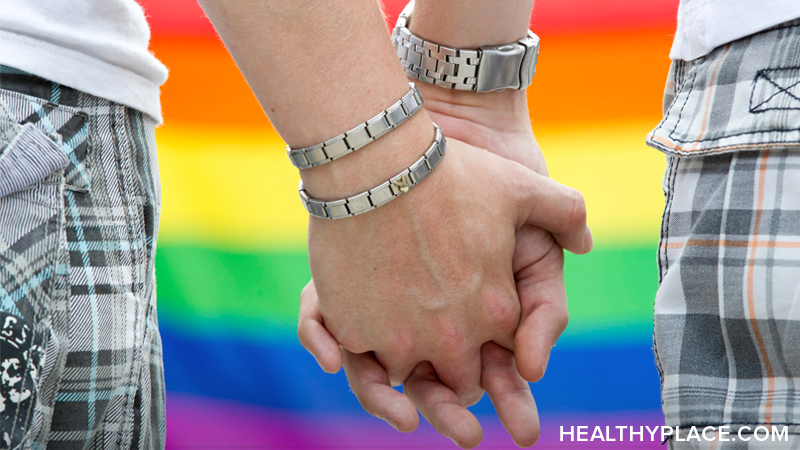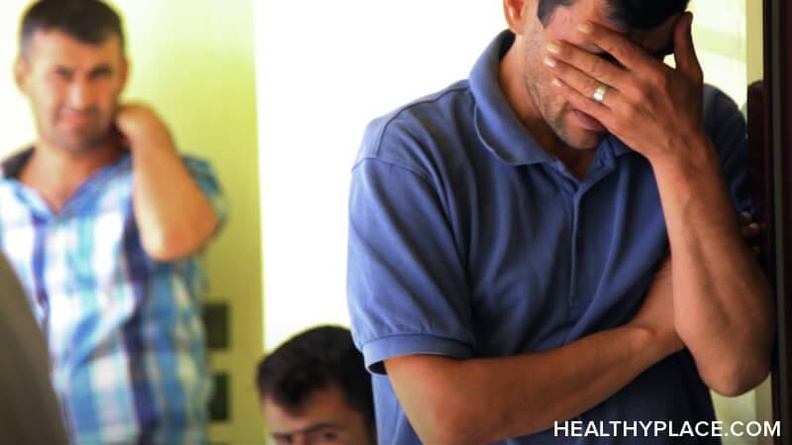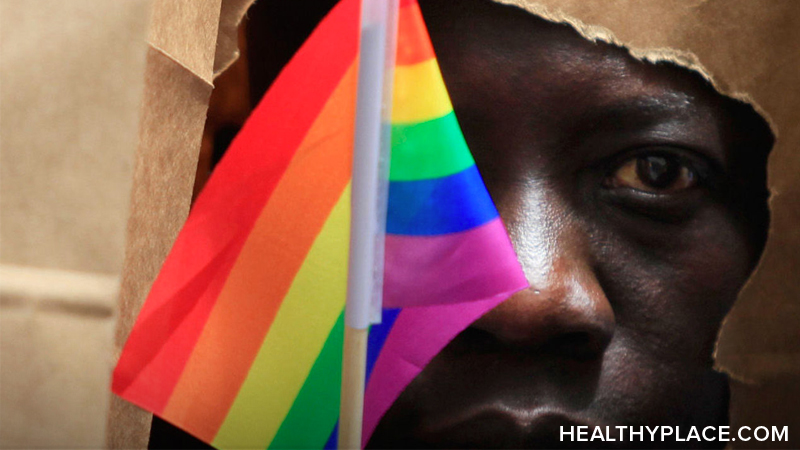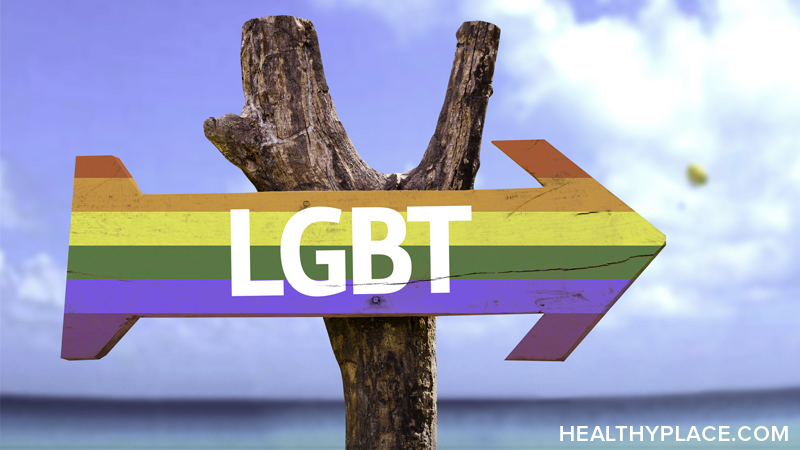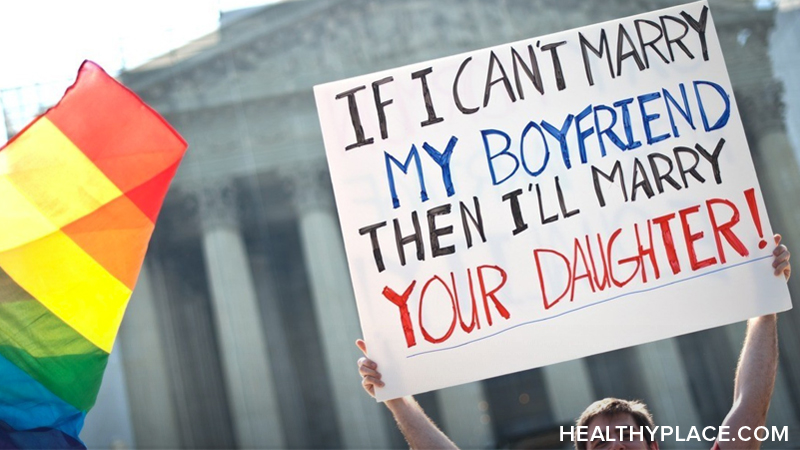OCD Therapy: Types of OCD Therapy and How They Help
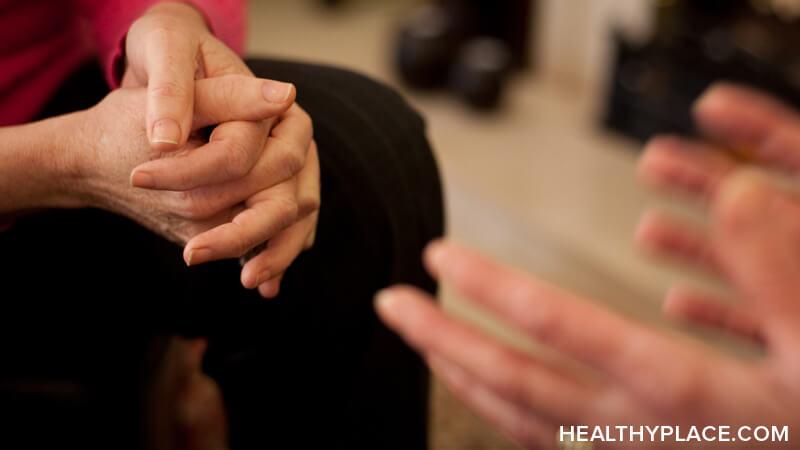
Research shows that OCD therapy and medications both work well in treating obsessive-compulsive disorder and especially when used in combination. But some people don't respond well to medications due to inability to tolerate side effects or for other reasons. These people can often find relief from therapy-only based OCD treatments like cognitive behavior therapy (CBT).
Obsessive-Compulsive Disorder Therapy
A variety of obsessive-compulsive disorder therapy approaches can help people suffering from the condition. Many therapists use family therapy and CBT for OCD, either alone or together. These strategies seek to help the patient think differently and cope with their thoughts and fears in new ways.
Types of OCD Therapy
Family OCD Therapy
Family therapy sessions help teach the OCD patient and family members how to function as a normal family; helps the family members focus less on the OCD patient and more on the family as a single unit; helps the family identify conflicts and develop resolution strategies; teaches the family new ways to handle problems and changes. Often, the way certain family members handle issues and conflicts can make vulnerable members more likely to develop OCD. The therapist will attempt to identify these triggers and give the family new ways to deal with them.
Exposure Response Prevention (ERP) Therapy
A type of cognitive behavior therapy, ERP represents the current most effective OCD therapy. Using ERP, the person with OCD learns new ways of thinking, which leads to different behaviors when coping with OCD-related problems.
The exposure part requires that the patient engages in direct or imagined exposure to situations, images, or objects that trigger obsessive thought and the accompanying anxiety. The response part in the ERP refers to the compulsive behaviors people with OCD perform repeatedly to alleviate their intense anxiety. The response prevention aspect of this therapeutic approach requires that patients refrain from performing the ritual compulsions when exposed to the trigger.
With repeated exposure to triggers for increasingly longer durations, the person experiences less and less anxiety, while also resisting the urge to perform their rituals.
ERP OCD therapy begins by exposing the patient to mild trigger situations. When these cues arouse little to no anxiety, they then become exposed to triggers and cues that elicit greater levels of anxiety. The time it takes to progress depends on the patient's ability to tolerate anxiety-provoking situations and triggers as well as the ability to refrain from their compulsive behaviors. The primary goal of ERP OCD therapy is for the patient to remain exposed to the obsessive thought trigger without performing the compulsive behaviors.
These sessions occur with the therapist present, but the patient also receives instructions to practice the technique a number of times every day between sessions. On average, a course of ERP takes about 16 weeks.
CBT for OCD (Cognitive Behavioral Therapy)
Like ERP, cognitive therapy (CT) is a type of cognitive behavioral therapy (CBT) for OCD. Therapists typically use CT in combination with ERP. CT OCD therapy helps patients interpret their obsessions and challenges what they believe about them. Likewise, CT encourages the patient to express their beliefs about what will happen if they engage in compulsive behaviors and if they do not. Patients keep a thought journal where they record their incorrect interpretations of intrusive thoughts as well as challenge and correct them.
A small body of research shows CT as an effective strategy in the treatment of OCD. Although therapists can use ERP or CT separately, many combine them because patients benefit greatly from undergoing exposure activities while also participating in thought restructuring exercises.
APA Reference
Gluck, S.
(2022, January 10). OCD Therapy: Types of OCD Therapy and How They Help, HealthyPlace. Retrieved
on 2025, November 8 from https://www.healthyplace.com/ocd-related-disorders/ocd/ocd-therapy-types-of-ocd-therapy-and-how-they-help
